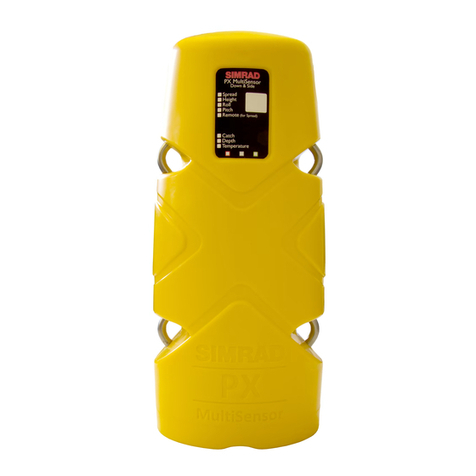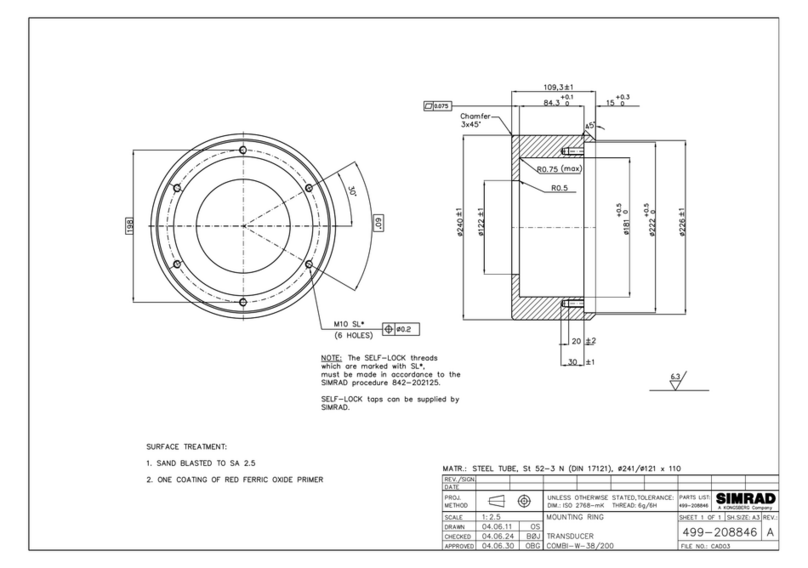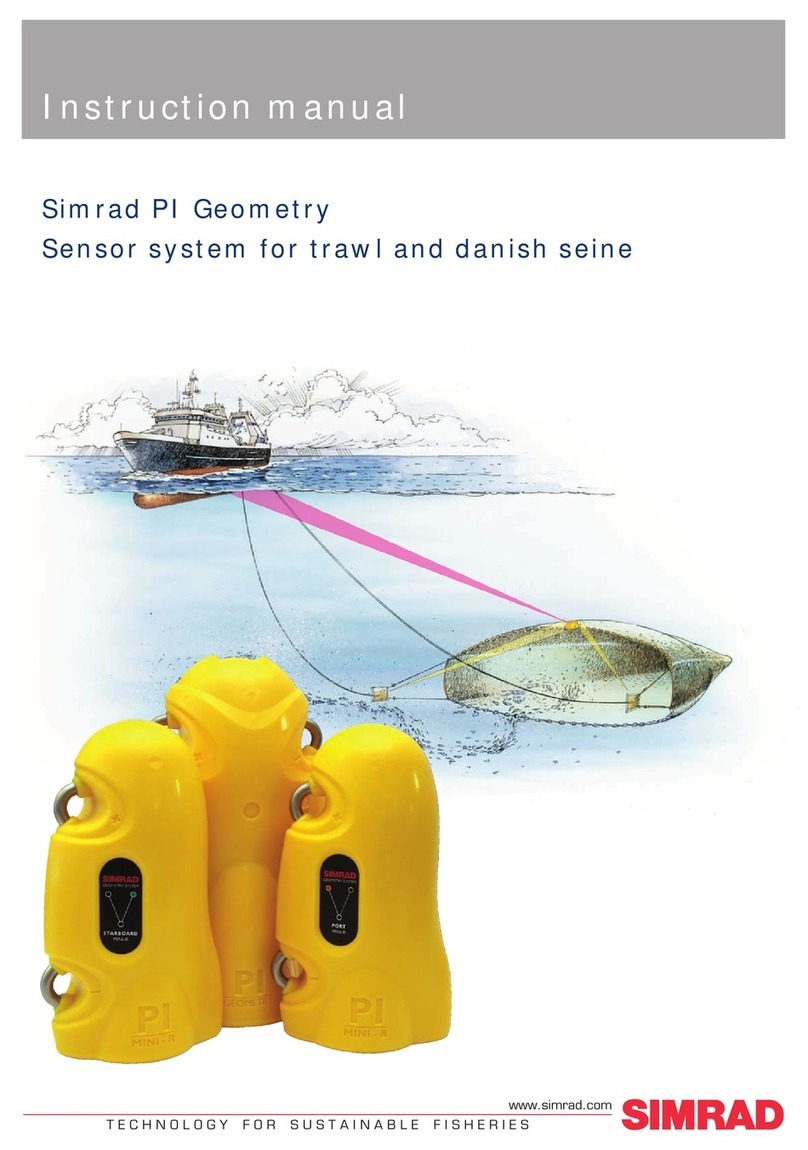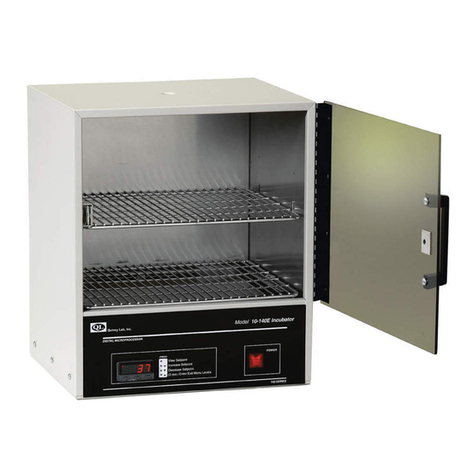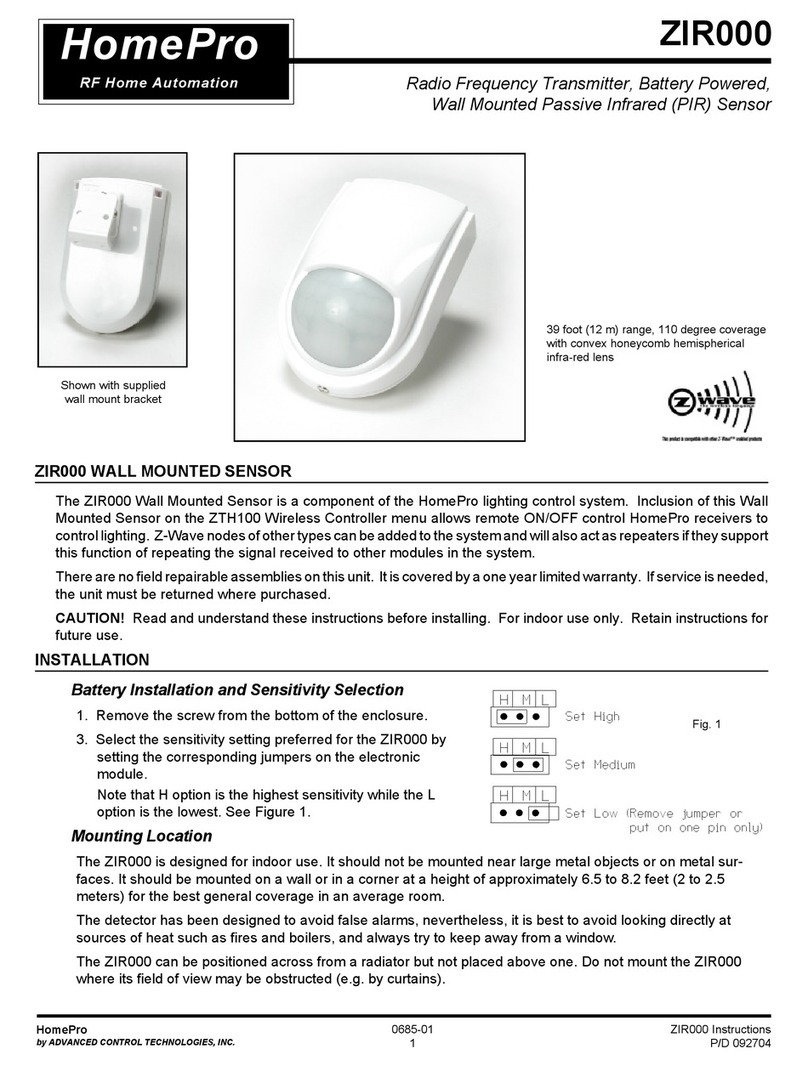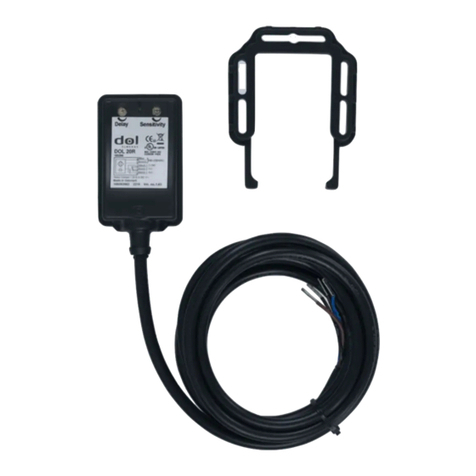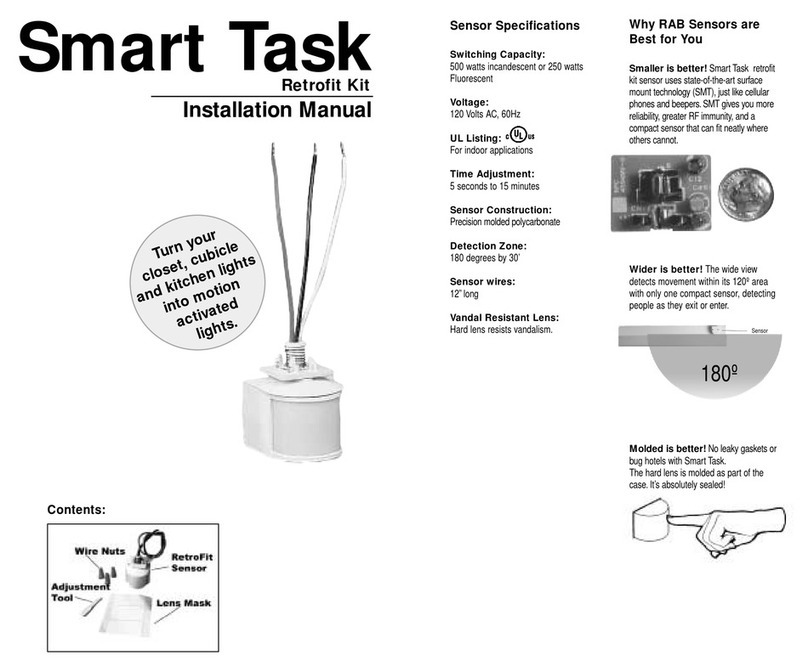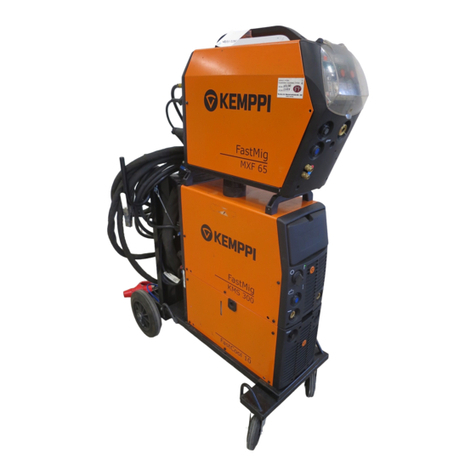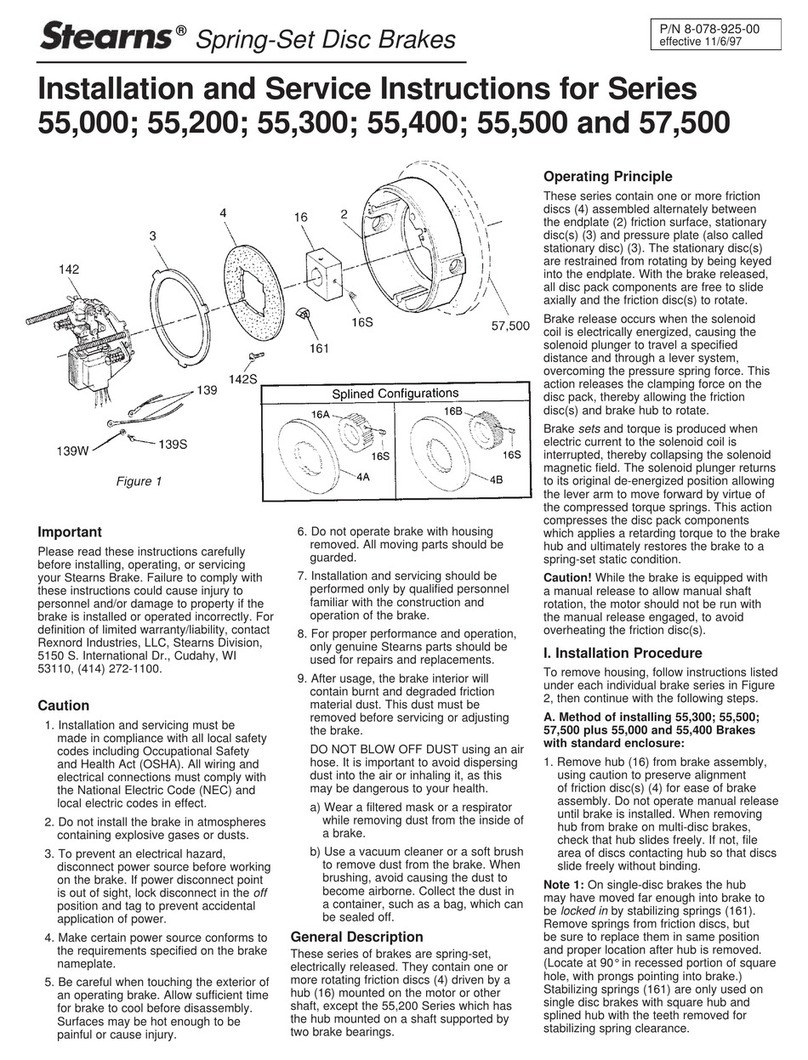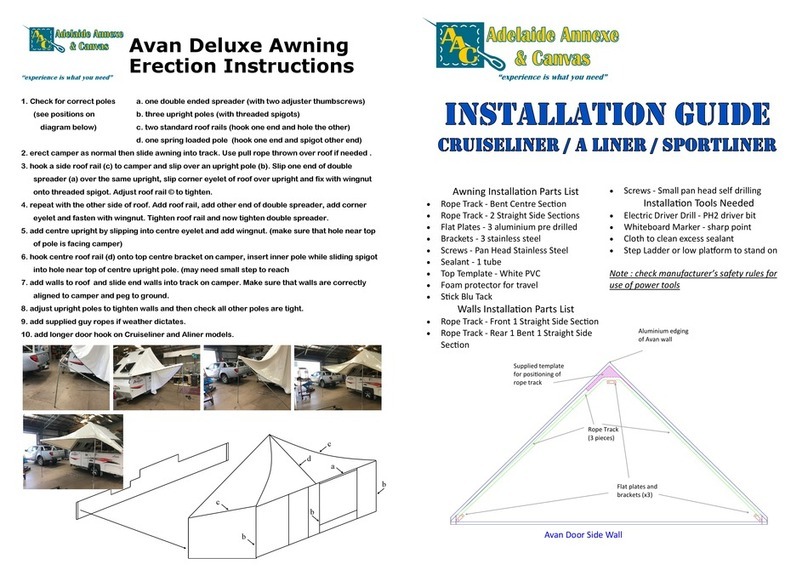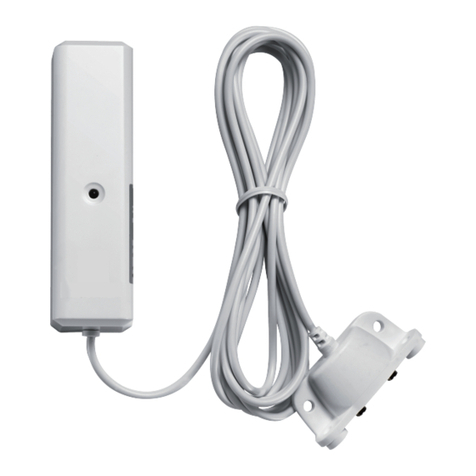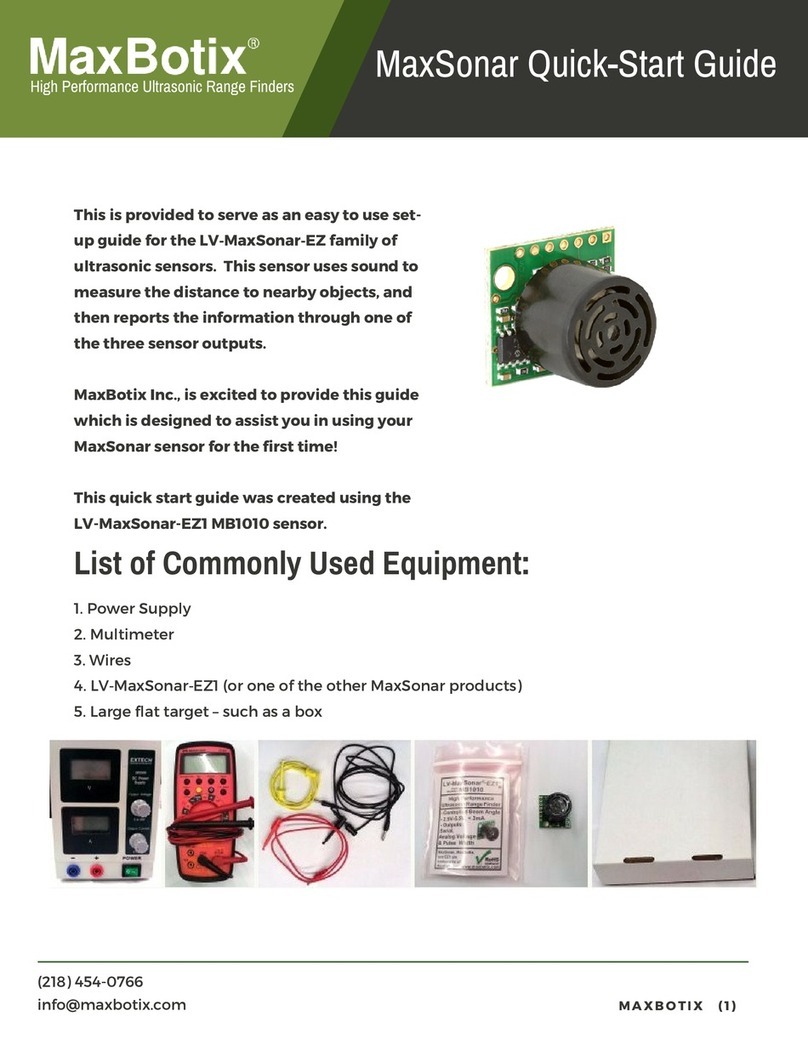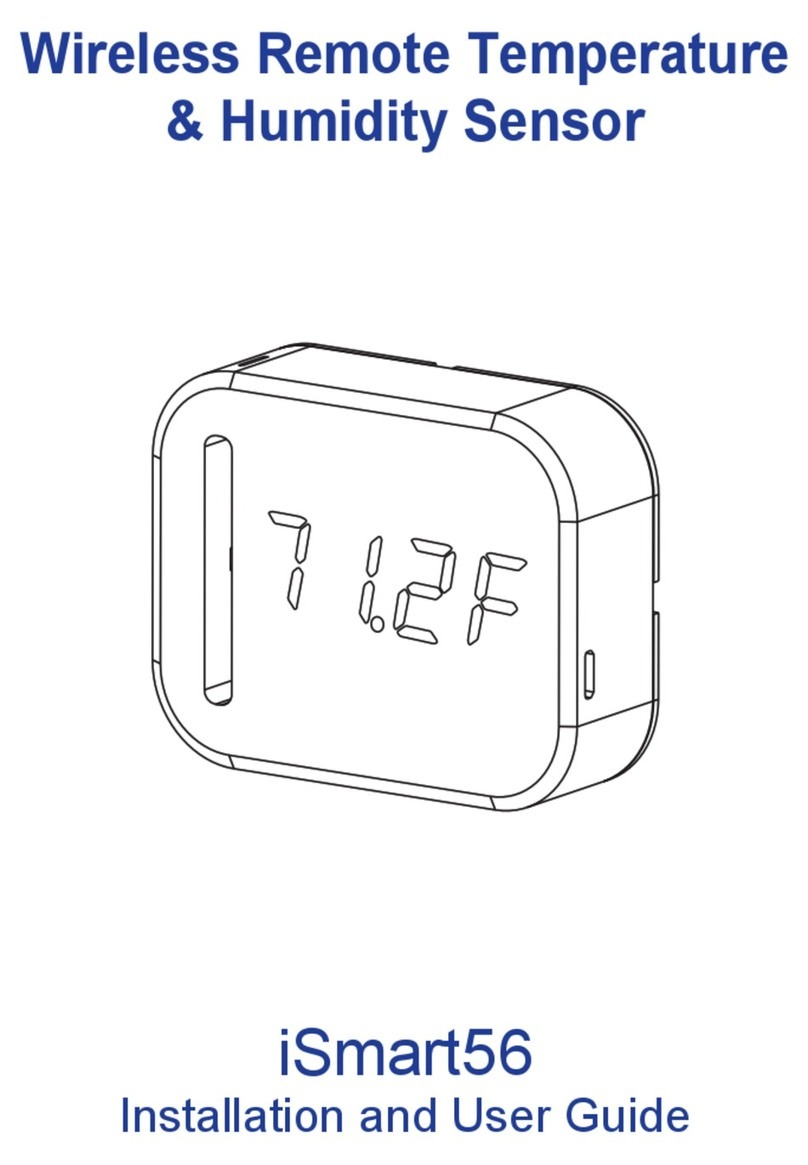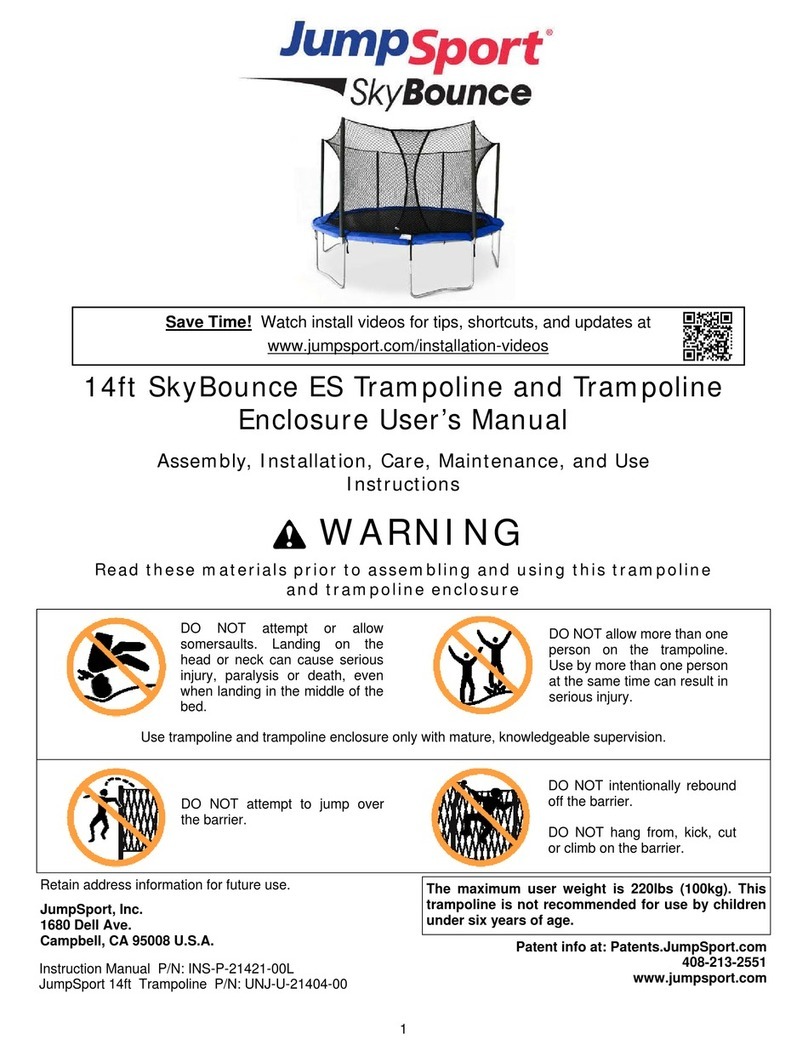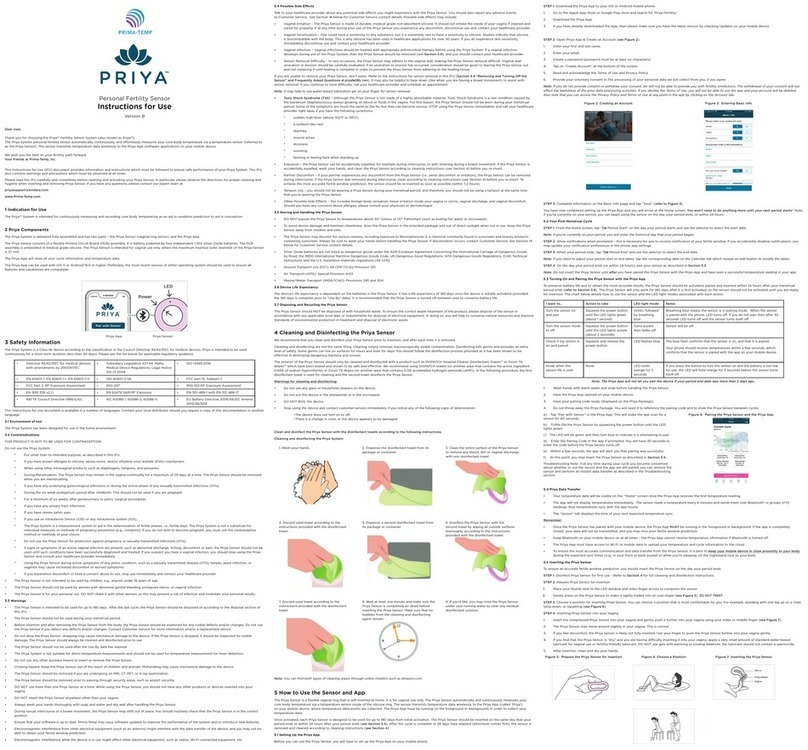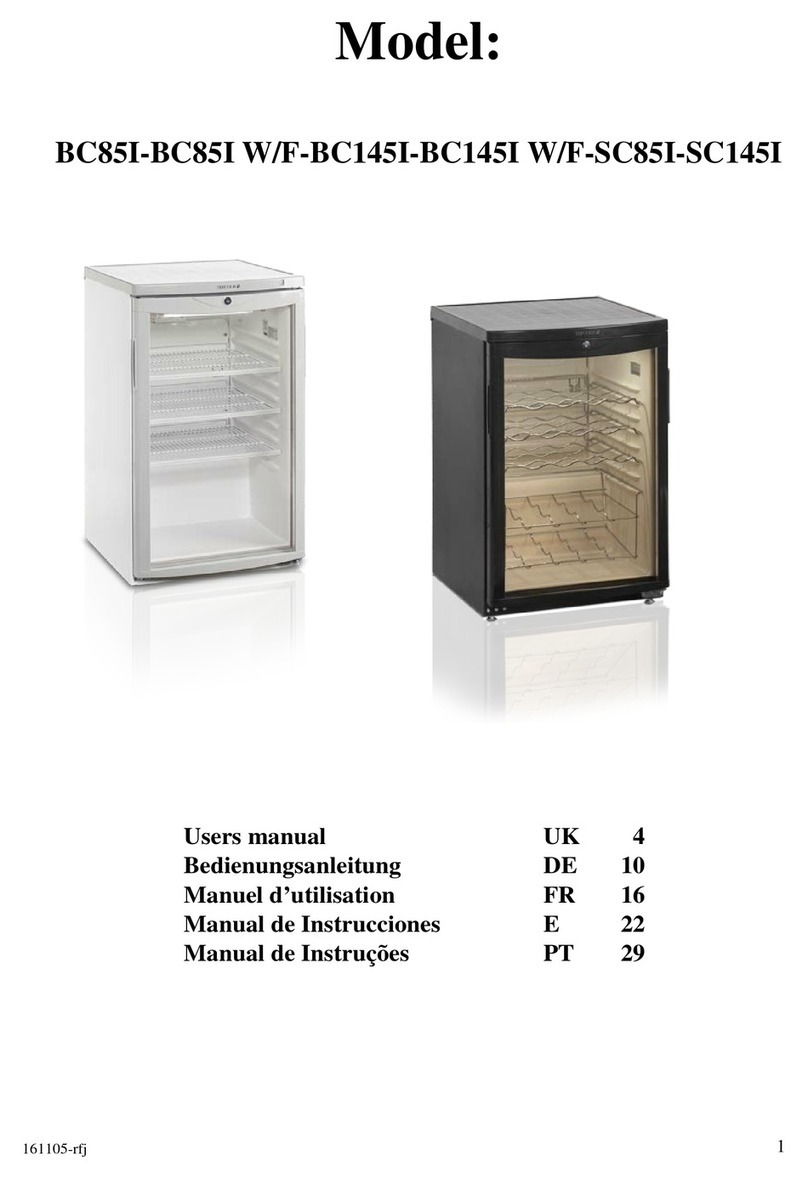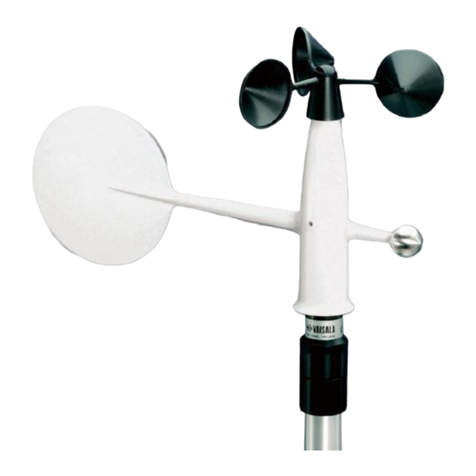Simrad PI GEOMETRY User manual
Other Simrad Accessories manuals
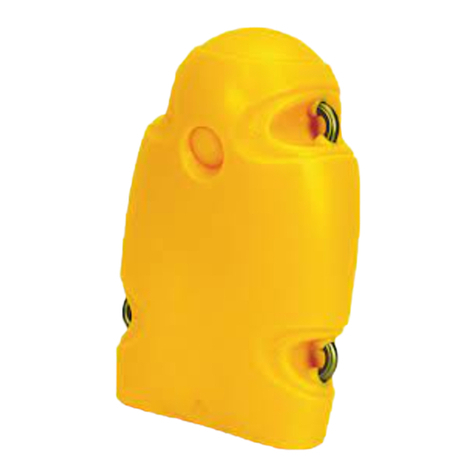
Simrad
Simrad PI SeineSounder User manual
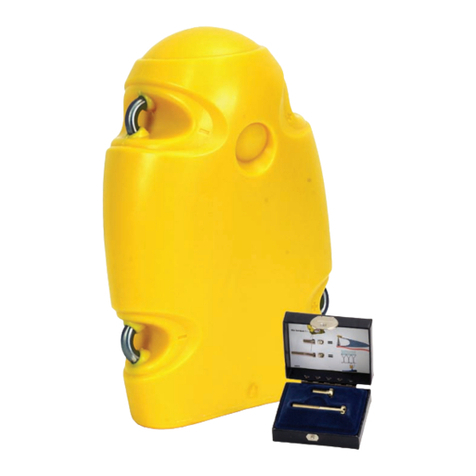
Simrad
Simrad PI SEINESOUNDER - REV D User manual
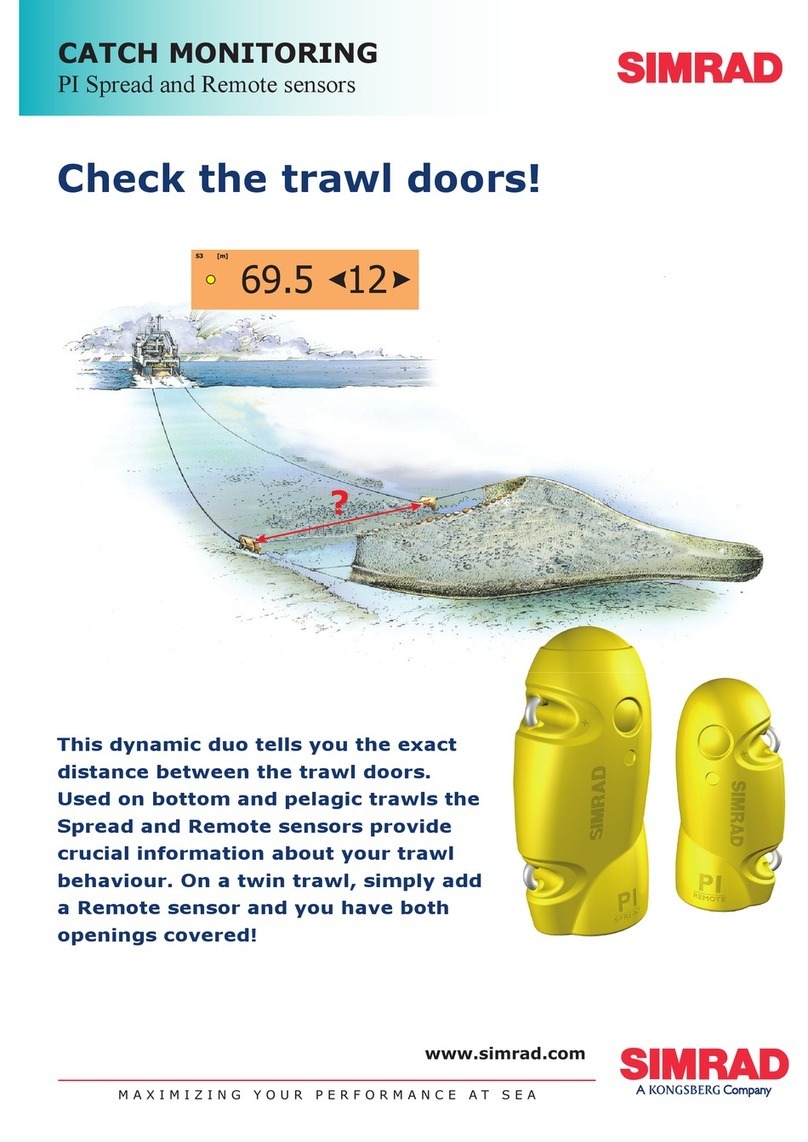
Simrad
Simrad PI REMOTE - REV A User manual
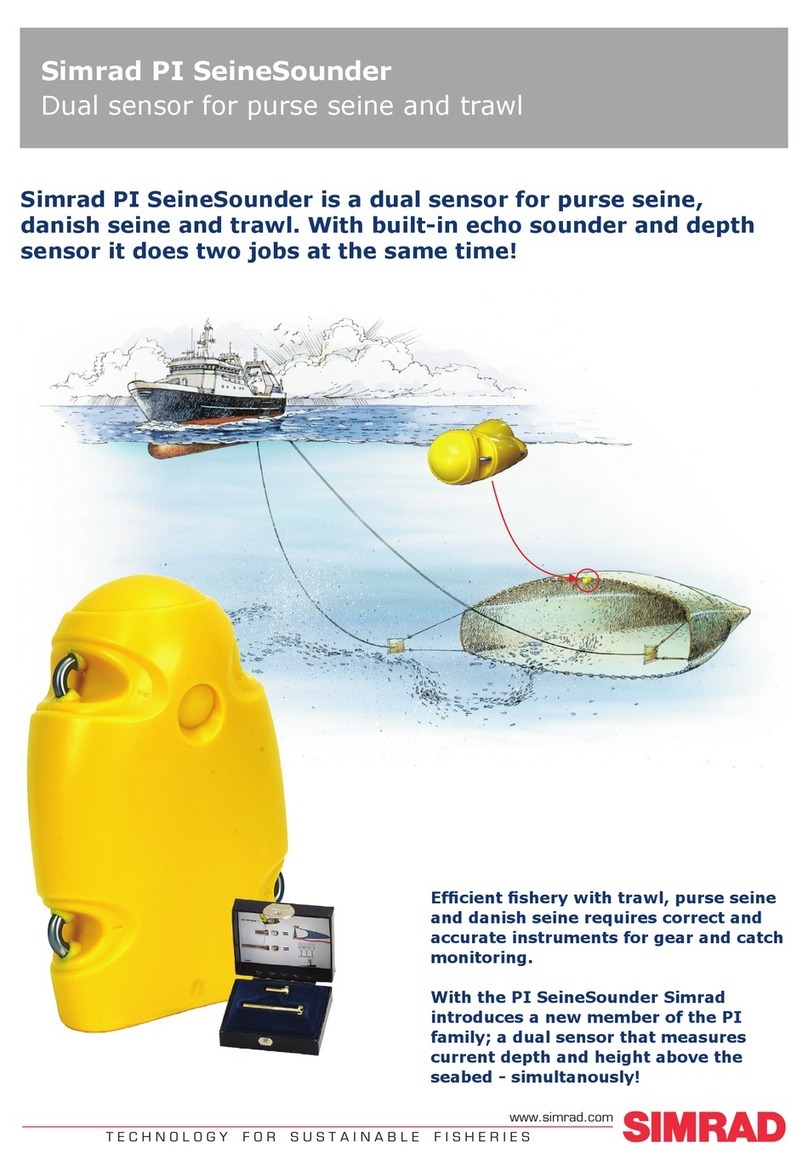
Simrad
Simrad PI SeineSounder User manual
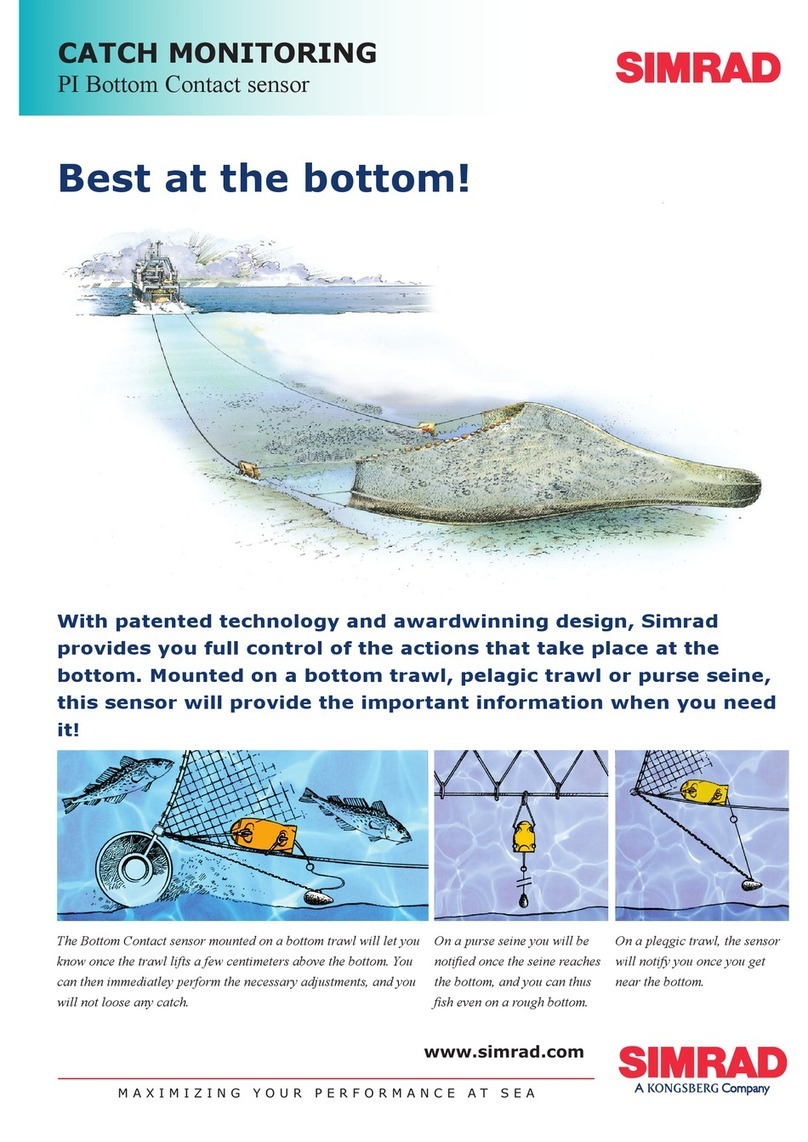
Simrad
Simrad PI BOTTOM CONTACT - DATASHEET REV A User manual
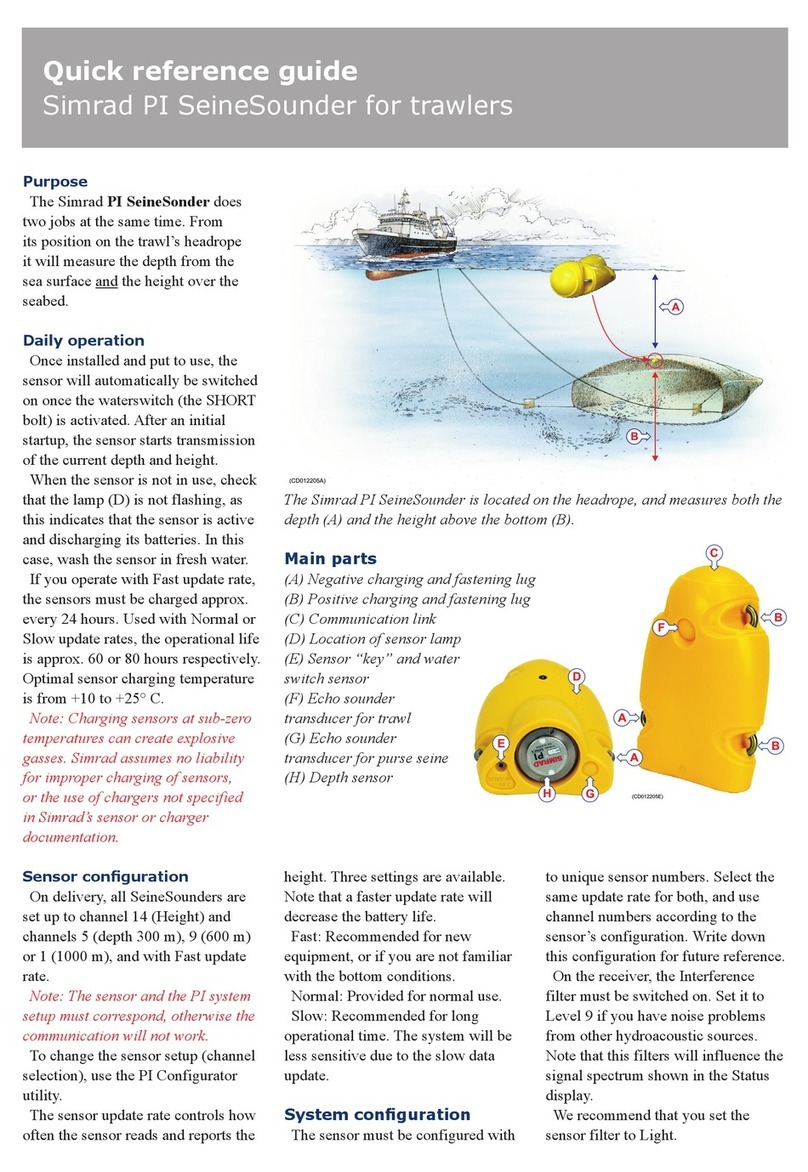
Simrad
Simrad PI SeineSounder User manual
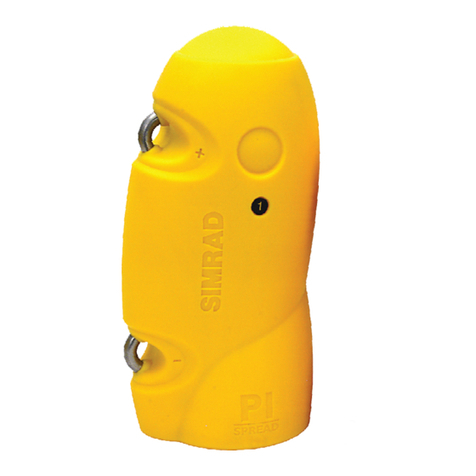
Simrad
Simrad PI DEPTH User manual
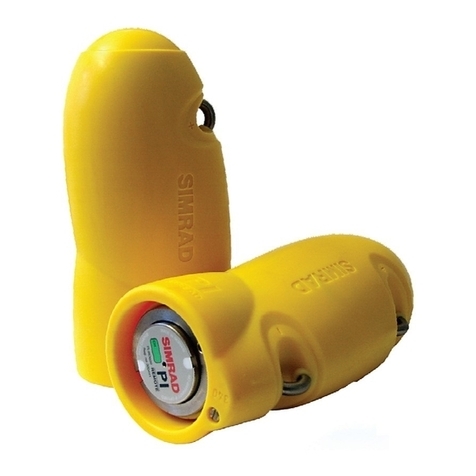
Simrad
Simrad PI DEPTH - MANUAL 2 User manual
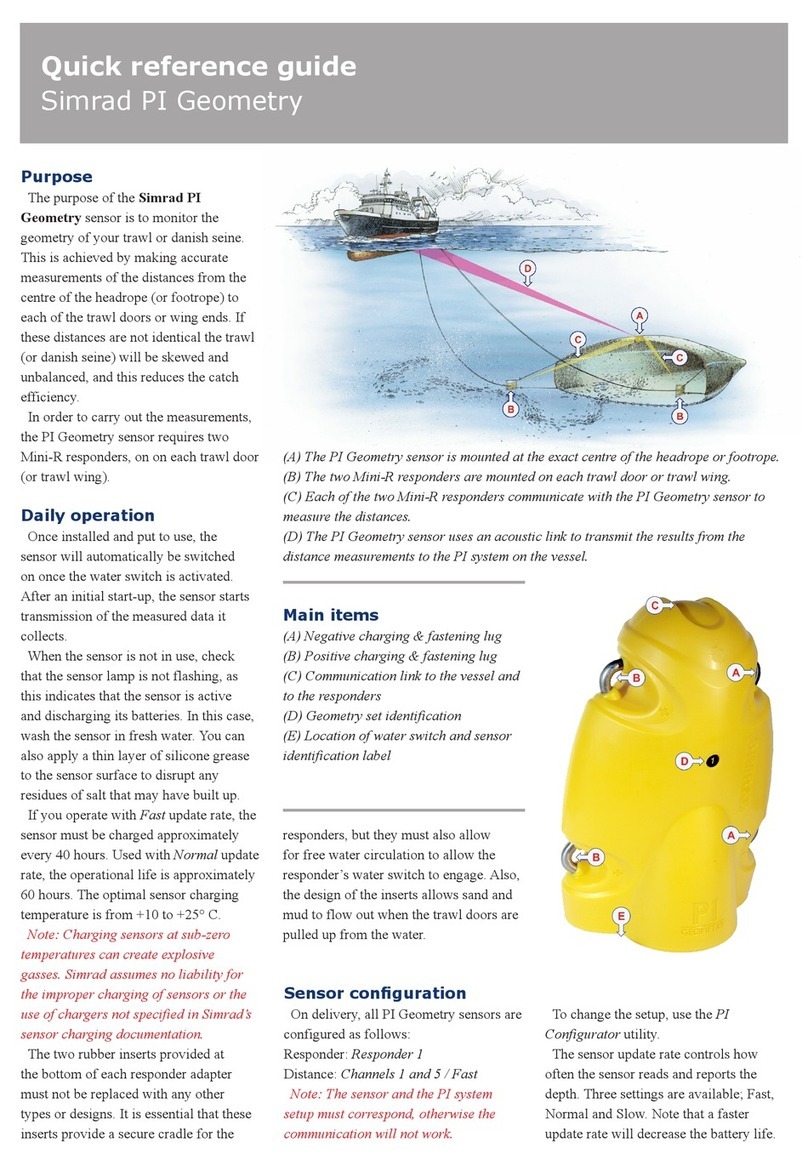
Simrad
Simrad PI GEOMETRY - QUICK REFERENCE GUIDE REV B User manual
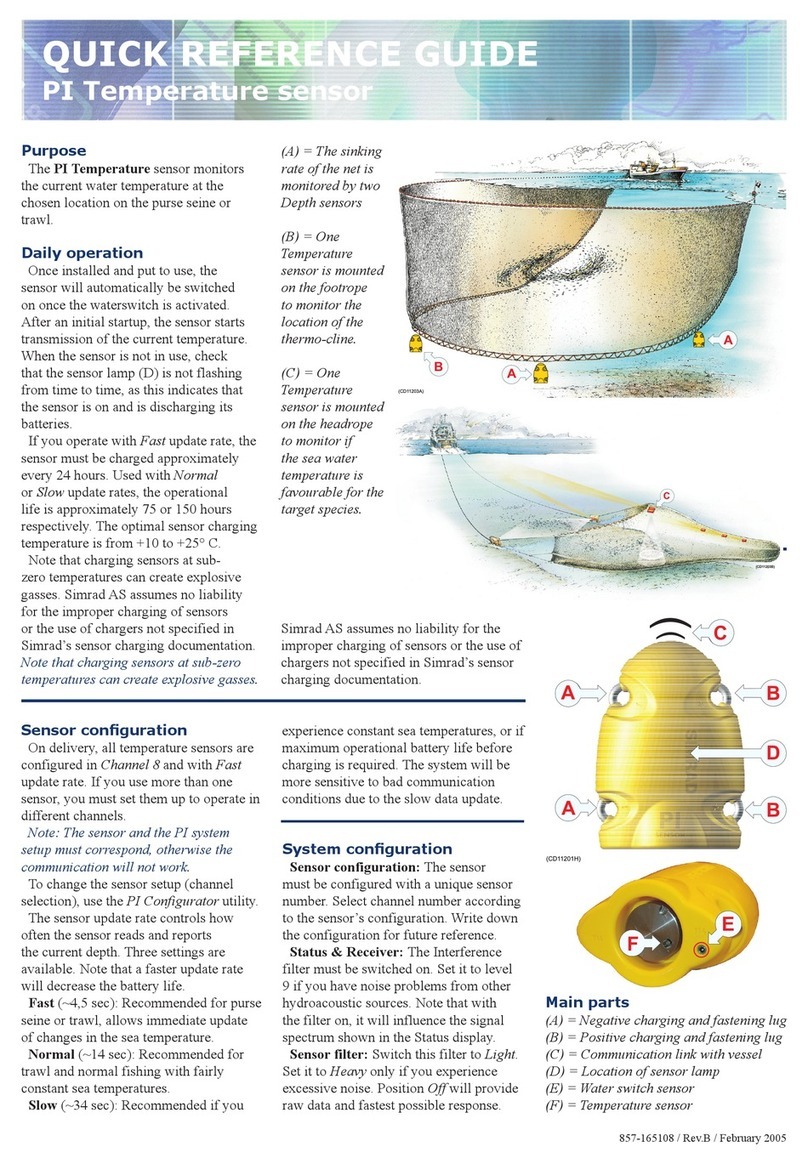
Simrad
Simrad PI TEMPERATURE - QUICK REFERENCE GUIDE REV B User manual
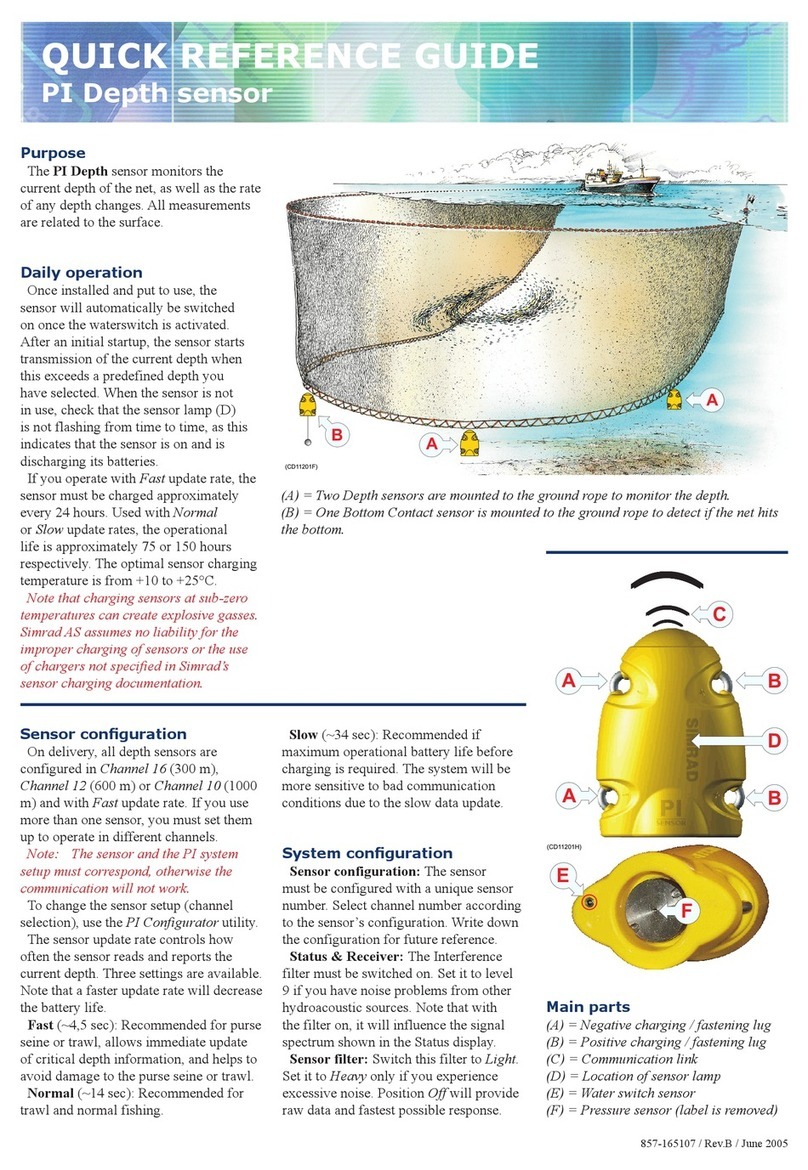
Simrad
Simrad PI DEPTH User manual
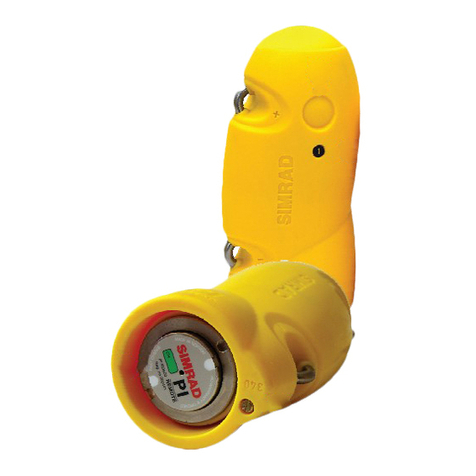
Simrad
Simrad PI REMOTE - REV A User manual

Simrad
Simrad PI50 - REV A User manual
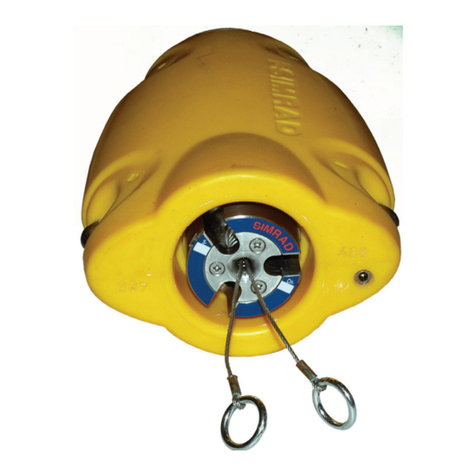
Simrad
Simrad PI CATCH - DATASHEET REV A User manual
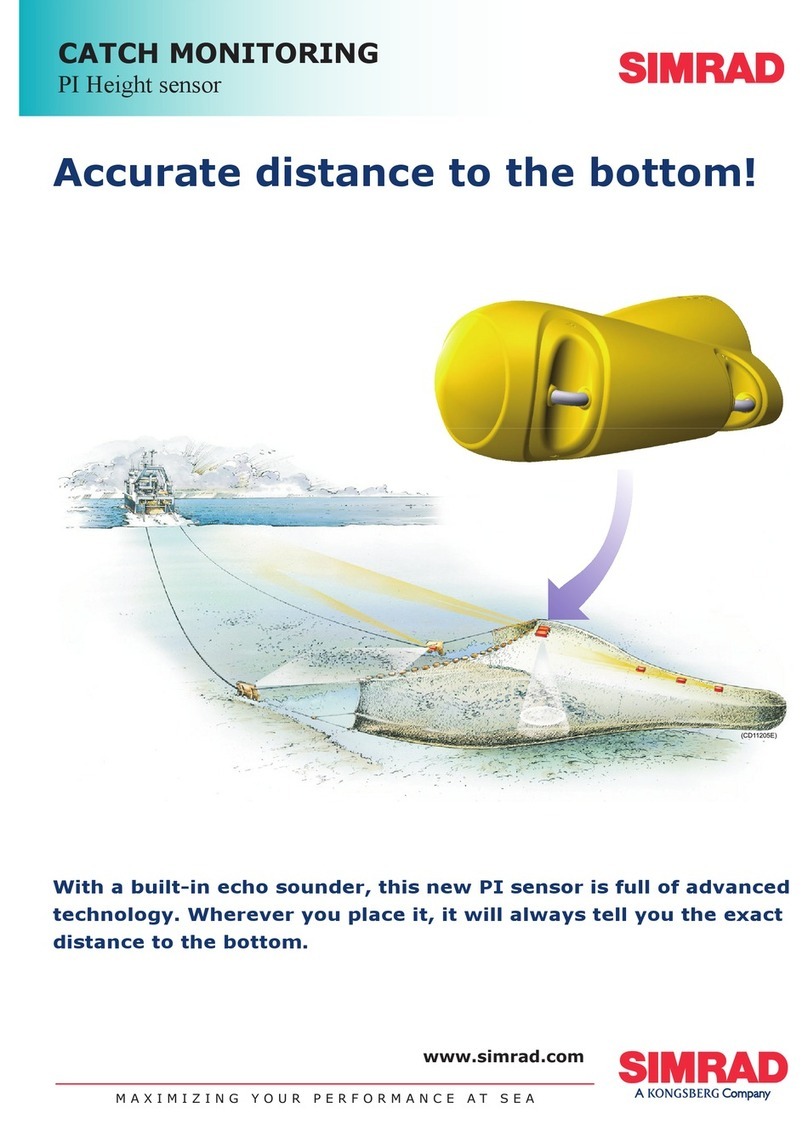
Simrad
Simrad PI HEIGHT - DATASHEET REV A User manual

Simrad
Simrad PI REMOTE - QUICK REFERENCE GUIDE REV B User manual
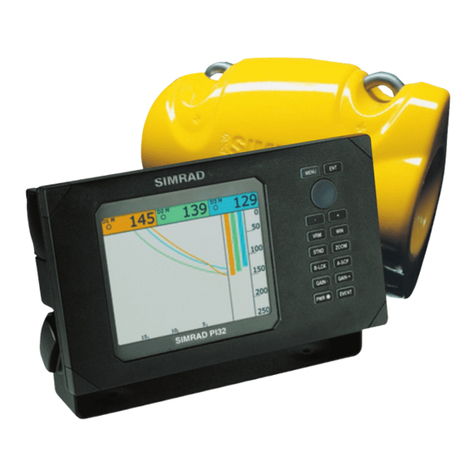
Simrad
Simrad PI32 User manual
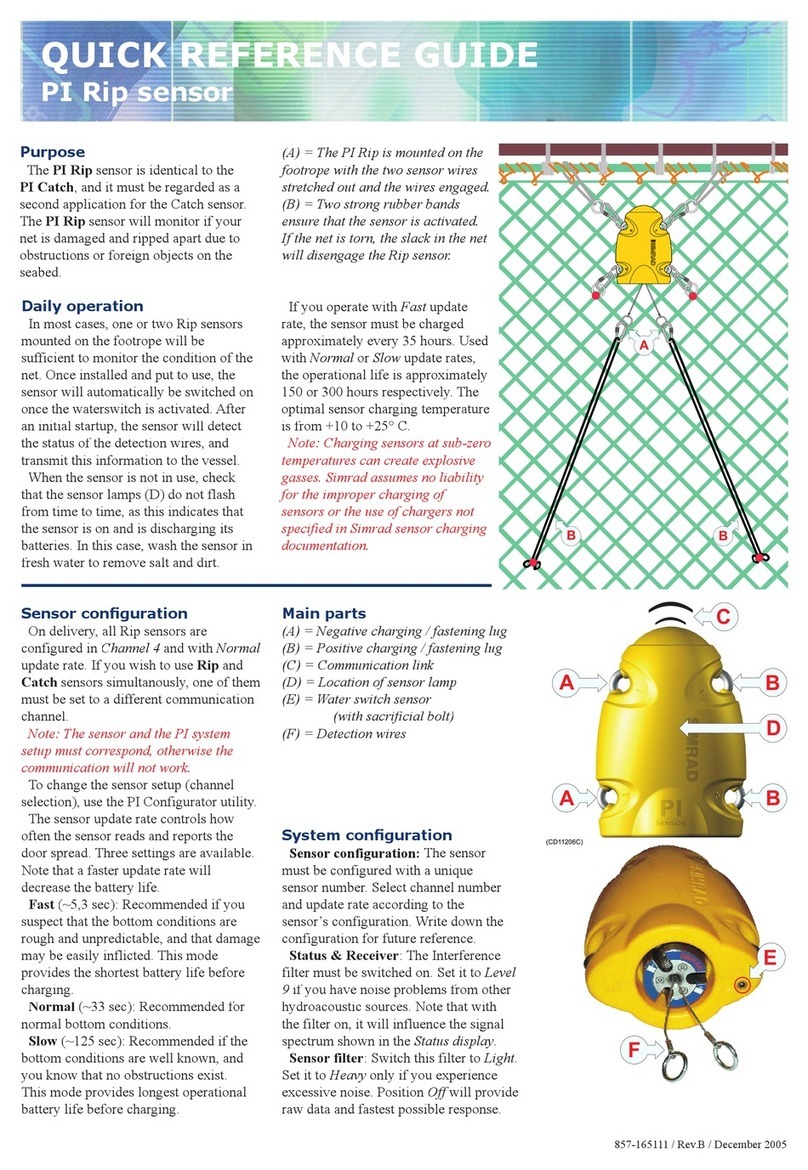
Simrad
Simrad PI RIP - QUICK REFERENCE GUIDE REV B User manual
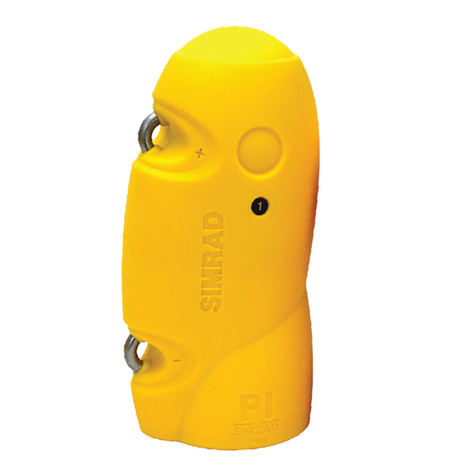
Simrad
Simrad PI DEPTH - GUIDE 2 User manual
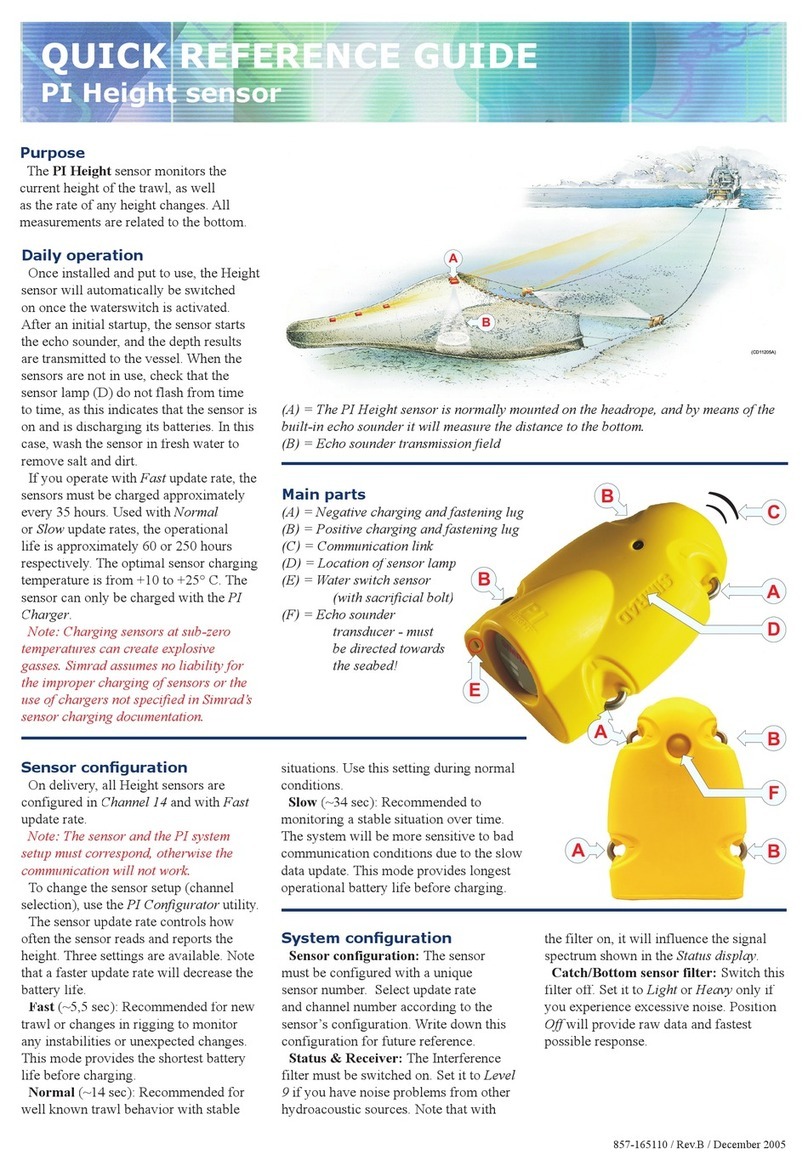
Simrad
Simrad PI HEIGHT - QUICK REFERENCE GUIDE REV A User manual

